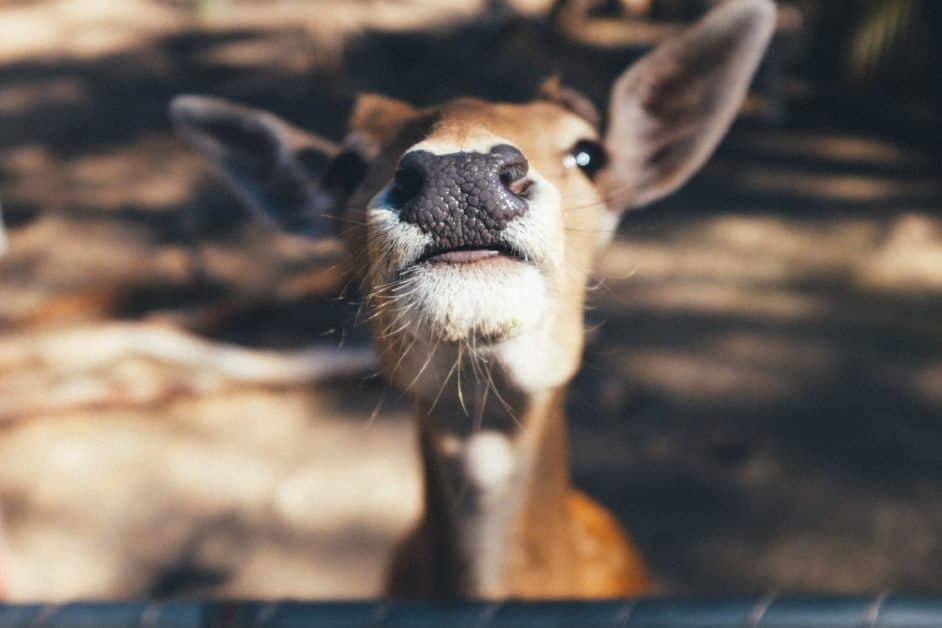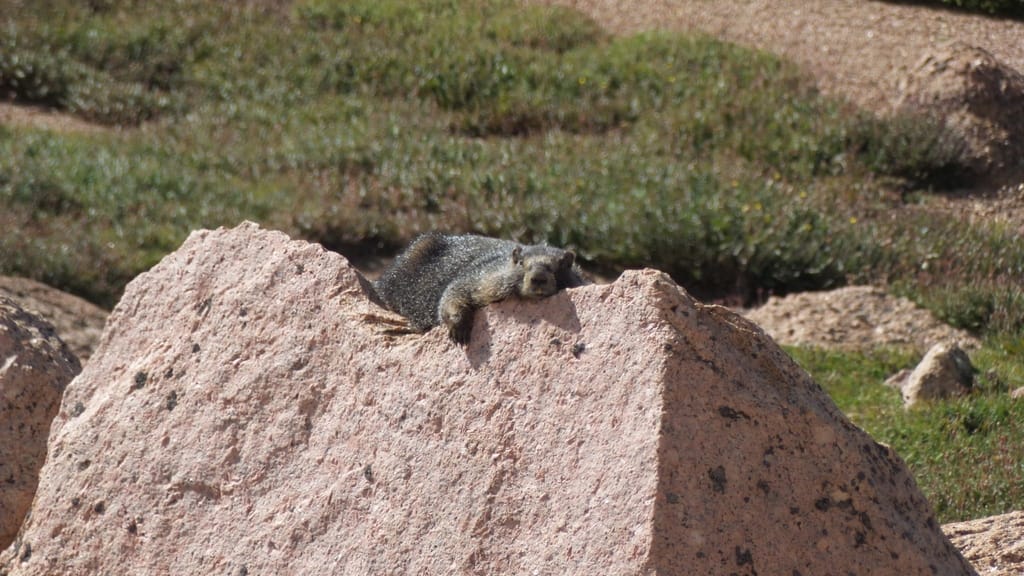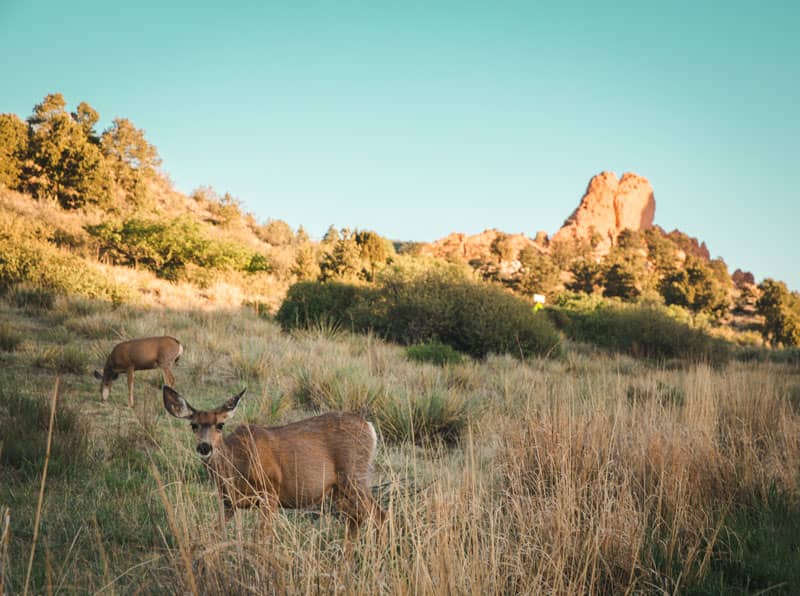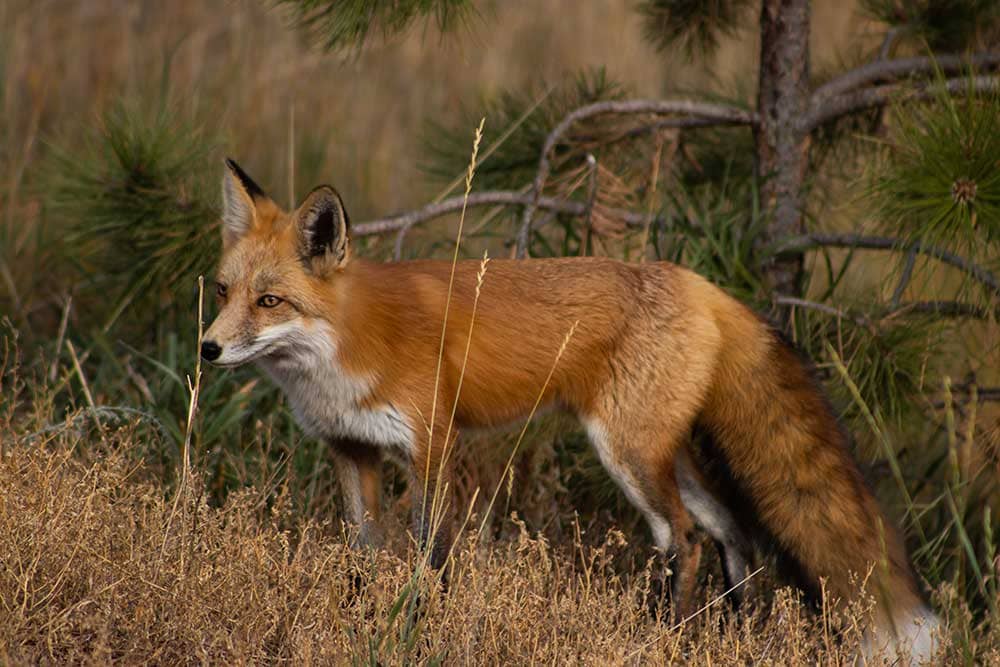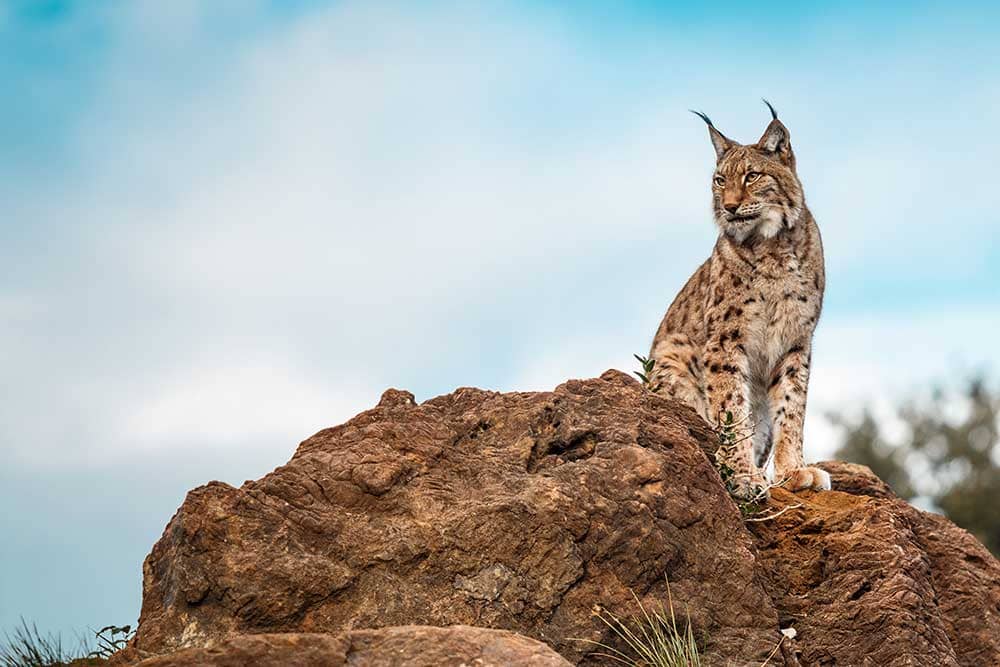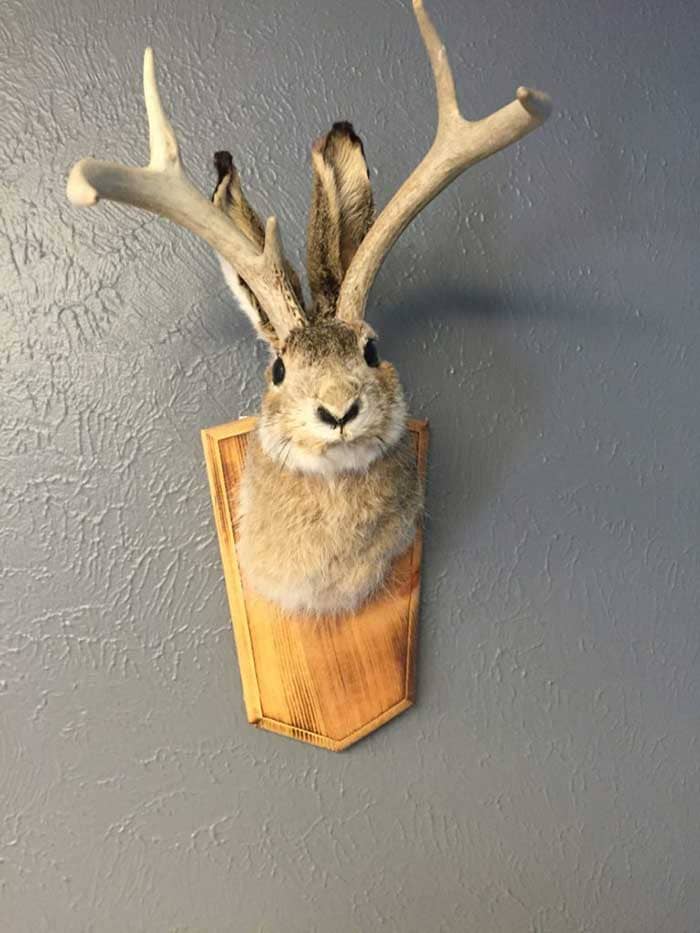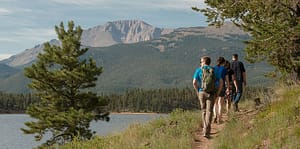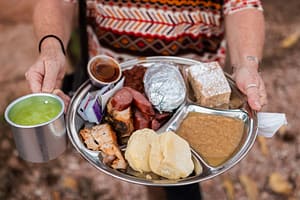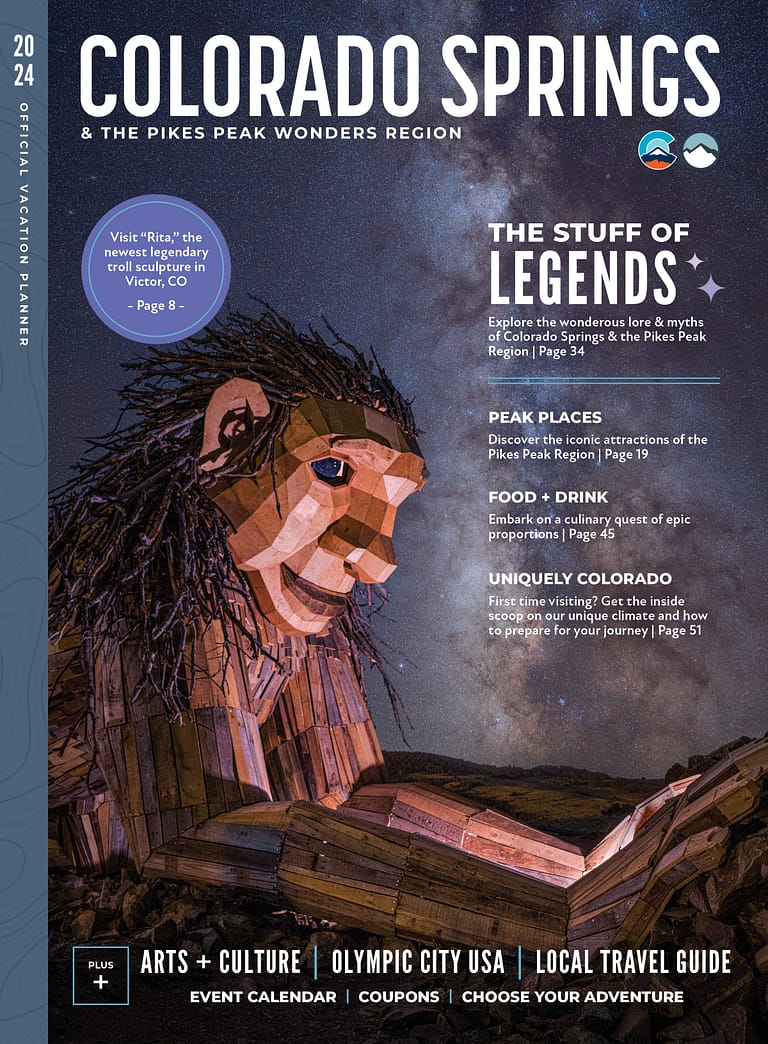Wildlife of Colorado Part One: Cute (But Never Cuddly) Critters
Want to get to know all the fun and fabulous animals that make up the dynamic Southern Colorado ecosystem? One of the fun parts of visiting a new place (or exploring your hometown with fresh eyes) is getting to meet the native wild animals that live in the region. Colorado has a huge variety of native species on land, in the air and in the water. We’d like to kick off this series with a look at the cute-but-not-cuddly creatures you might see around Colorado Springs.
Be a Good Friend to Our Animal Friends
Before we begin, it is really important that we stress just how important it is not to interfere with Colorado wildlife. All of the animals that make up our regional ecosystem are vulnerable to interference from humans who think they are being helpful or harmless. When humans interact with wildlife beyond a look or a photograph, they endanger that animal’s safety. Please, to protect these beautiful creatures:
- Do not feed wildlife. If you see other people feeding wildlife, that is not a sign that you should participate. Feeding wildlife creates food dependancies, desensitizes animals to humans and interferes with the animal’s natural diet.
- Do not approach wild animals. Wildlife is unpredictable and even the gentlest deer can become a charging terror if the conditions are right. People have been treed by rutting bucks, attacked by territorial squirrels and chased by persistent cougars and bobcats while out for a morning run.
- Do not remove wildlife from its habitat. If you find a wounded animal on a Rocky Mountain hike, do not attempt to remove the animal. If possible, report the incident to a park ranger. If you interfere or take the animal with you, you may actually cause the animal to be euthanized for public safety.
- Clean up after yourself. Leaving trash behind is engaging with wildlife, even if you aren’t handing it to them directly. Trash can upset digestive systems, choke animals or disrupt the environment in other ways. Pack out what you being in and be a good neighbor to our furry friends.
- Do not disrupt habitats. If you see a beaver damn or a bird’s nest, please let it be. These nests and burrows may appear abandoned, but house entire families year after year. Consider every animal home “occupied” and leave them be.
This may seem like a lot of rules, but really they just mean being a good guest in someone else’s home or being polite to your fellow humans in public.
Introducing Cute Colorado Creatures
Yellow Belly Marmots
These adorable adorable rodents are the beefy baddies you see popping up all around Pikes Peak as you head to the summit. Also known as whistling marmots and whistle pigs, these critters have an adorable call that totally snitches to the other marmots that humans are about to ruin their fun. The yellow belly marmot is thick and fluffy to withstand the harsh, high elevation climate in their home in the Pikes Peak region. They live in big families of up to 20 marmots and dine on flowers, bugs, the occasional unfortunate bird egg and grasses. They love eating a lot and sunbathing often (we approve) and are a generally jovial species that are highly entertaining to watch once they forget you’re there.
Mule Deer
Deer are pretty commonplace in Colorado Springs and everywhere else in the Pikes Peak region. It’s not unusual to spot them grazing on a lawn or desperately crossing Highway 24 in rush hour traffic. Head a bit further into the mountains where less humans congregate and you’ll be able to catch them being less domesticated and far more, well, deer-like. Deer tend to be pretty docile and skittish, avoiding humans or paying them little interest. There is one exception, and that’s mating season. Male deer get mighty persnickety in the spring and they may pick a fight with you just to show off. Considering you don’t have your own antlers for defense, it may be best to let them fight with their own friends and take the long way back. Deer feast on grass and local gardens and they also enjoy stripping the bark off of trees for good measure.
Red Foxes
Foxes are one of animals that seem like a mysterious hybrid creature at first glance. Is it a cat? Then why does it bark? Is it a dog? Then why does it stalk its prey by night? Foxes are part of the dog family, but most fans will admit their behavior is more akin to a domestic cat. The Pikes Peak region is home to the red fox, a pointy-eared, fluffy red creature with a signature white tip in its tale, just like the cartoons. You may, on occasion, find one in white or black, but Colorado Parks and Wildlife says that is rare. Foxes do have a reputation for contracting rabies and mange in Southern Colorado, so keep your distance if you come across one. It shouldn’t be too difficult, considering they’ll be bounding away once they see you. They love to eat pretty much anything they come across including garbage, roadkill and chickens. Needless to say, they don’t have the best breath.
Coyotes
If you’ve ever been camping or hiking at night in Southern Colorado and heard what sounded like a pack of villains howling in Arkham Asylum, you’ve been in the vicinity of a pack of coyotes. These wild dogs roam the front range in small packs. They are adaptive, intelligent and often the scourge of chicken owners and those who make the mistake of leaving small pets at night. While coyotes look like friendly dogs, they have been known to be aggressive toward humans. If you encounter a coyote, it is best to behave like you would with an aggressive domestic dog. Do not panic and run. Make yourself big and keep pets close if you are out walking. Coyotes are also prone to disease and mange, so don’t go out of your way to give the rare fearless ones a hug.
Lynx
Colorado’s most punk rock cats have had it rough over the decades and only a couple hundred still exist throughout the state. The tall, fluffy cats with their signature ear tufts are an endangered species, and sighting one is almost as rare as spotting a jackalope. Most images come from trail cameras, although they do encounter humans. Lynx are strong — stronger than bobcats. They mostly try to avoid human interaction. If you happen to corner one, however, it’s not going to be a great time for anyone. Sharp claws and a strong bite make them a formidable opponent for weak human flesh, so take care to give them wide berth on the trails and never put their back against the wall. Like most cats, lynx prefer to pretend you don’t exist and they do not welcome belly rubs.
Jackalope
Only a select few have ever seen the elusive jackalope. If you’ve met someone who makes the claim, there is a 90% chance they are lying to you to look cool. The rare antlered legomorph is not easy to spot, not even when its antlers have achieved full maturity at the height of spring. (Don’t worry, they’re born without antlers.) Jackalopes have a wide range of territory in the Pikes Peak region. Finding them by their droppings or prints is impossible because both are indistinguishable from their rabbit cousins. The best time to view them is in the spring. During mating season the males will fight in the meadows, smashing their wee antlers until a victor is declared. Jackalopes live above ground to accommodate their antlers, so look for nests around the bases of aspens.
We hope you’ve enjoyed meeting these majestic creatures of Colorado. Stay tuned to the series to learn about some of our more fearsome predators, like bears, mountain lions and the ever-dangerous … squirrels. If you’re already an expert on our grumpier beasts, learn more about the mischievous misfits or our more elusive creatures.
